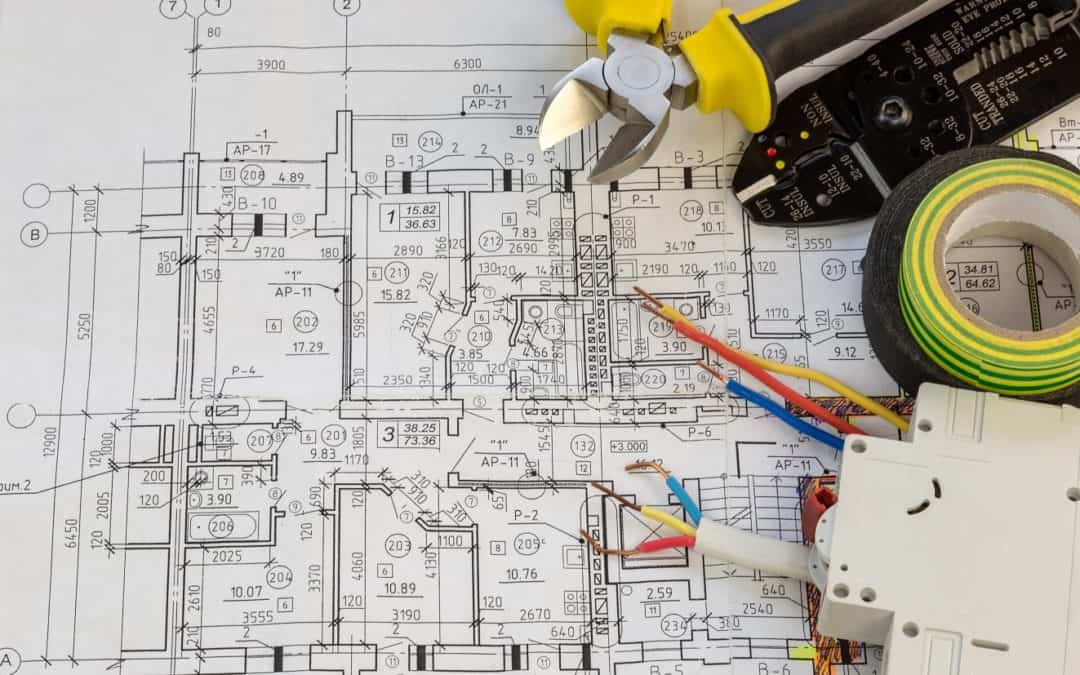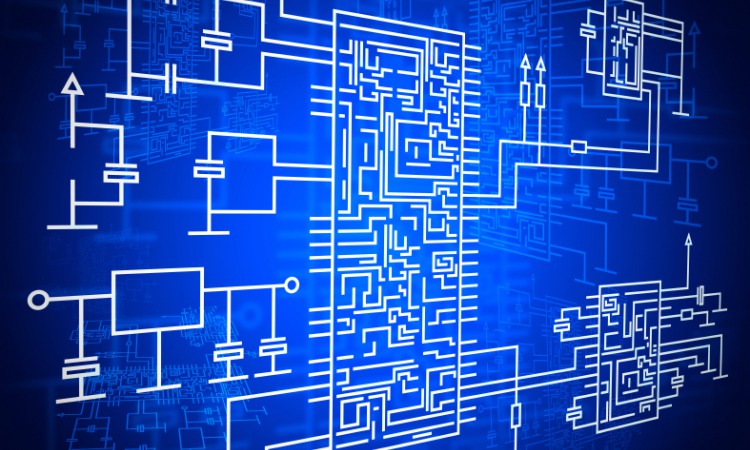Efficient Electrical Load Calculation Services for Your Project
Wiki Article
Ingenious Electrical Design Providers for Modern Facilities
As urban settings grow progressively complicated, including innovations such as wise grids and eco-friendly power resources becomes extremely important. These developments not just assure to maximize power usage yet additionally foster strength versus future demands.Significance of Innovative Electric Design
Cutting-edge electrical design plays an important role in modern-day facilities, affecting not only effectiveness however likewise sustainability. As cities develop and the need for power increases, the requirement for innovative electrical systems ends up being critical. These systems need to not only fulfill current demands however also prepare for future development and technological improvements.A well-executed electrical design can considerably reduce power intake, thus lowering functional costs and lessening ecological influence. By integrating sustainable energy resources, such as solar panels and wind turbines, innovative layouts can enhance power self-reliance and durability. In addition, smart grid innovations enable real-time surveillance and monitoring of power circulation, optimizing efficiency and minimizing waste.
Safety and security is one more vital aspect of electrical design. Applying innovative modern technologies and strenuous requirements can alleviate threats related to electric failings, making certain a safe atmosphere for citizens and companies alike. Additionally, innovative designs assist in adaptability, enabling facilities to integrate emerging innovations perfectly.
Secret Fads in Electrical Design
As the landscape of electric design continues to develop, a number of essential patterns are shaping the future of the industry. One substantial trend is the combination of smart modern technology right into electric systems. The spreading of the Net of Things (IoT) has enabled real-time surveillance and control of electric tools, boosting effectiveness and facilitating anticipating maintenance.One more fad is the expanding emphasis on modular design. This method permits adaptable and scalable solutions, allowing facilities to adapt to changing needs without substantial renovations. In addition, the use of advanced simulation tools and Structure Details Modeling (BIM) is becoming significantly prevalent, enhancing the design process and improving partnership amongst stakeholders.
Additionally, advancements in materials science are resulting in the advancement of lighter, extra resilient, and energy-efficient components. This advancement is especially vital for high-performance structures and infrastructure projects.
Lastly, there is a marked shift towards data-driven decision-making - industrial electrical design. Leveraging information analytics assists developers enhance systems for efficiency and cost-effectiveness. With each other, these fads represent a transformative age in electrical design, improving functionality, sustainability, and durability in modern infrastructure
Sustainable Power Solutions
Lasting energy solutions are increasingly becoming a crucial focus in electrical design, showing a wider commitment to environmental duty and resource efficiency. These options aim to reduce ecological influence while enhancing power consumption in different infrastructures, from domestic structures to huge commercial facilities.Among the primary techniques entails the combination of renewable resource resources, such as solar panels and wind generators, into electrical systems. This not only reduces dependence on nonrenewable fuel sources however additionally boosts power durability. Additionally, innovative energy storage space systems, such as innovative batteries, make it possible for reliable monitoring and circulation of power, ensuring that surplus power generated during peak manufacturing can be utilized throughout high demand durations.
Additionally, energy-efficient design go to this site techniques are being embraced to improve general system efficiency. This includes using energy-efficient illumination, a/c systems, and smart building innovations that adapt and keep an eye on power use based on occupancy and ecological problems.
Smart Grid Technologies
The implementation of lasting power remedies normally results in the expedition of smart grid innovations, which play a pivotal role in updating electric systems. Smart grids take advantage of progressed interaction technologies and information analytics to improve the reliability, effectiveness, and sustainability of electrical energy distribution. By incorporating digital technology with typical grid facilities, these systems facilitate real-time surveillance, automated control, and enhanced decision-making capacities.One of the essential attributes of wise grids is their ability to suit renewable resource resources, such as solar and wind power. This flexibility not just lowers dependence on nonrenewable fuel sources yet also permits a more decentralized power production design. Smart grids allow demand reaction programs, where consumers can adjust their power use based on real-time rates, thus advertising power preservation and lowering peak load needs.
In addition, clever grid technologies enhance grid strength by allowing quicker identification and resolution of blackouts, eventually lessening downtime. With predictive upkeep and analytics, utilities can optimize procedures and improve service distribution. As cities and communities remain to progress, wise grid modern technologies are essential for developing a reliable and lasting electric infrastructure that satisfies the needs of modern culture.

Future-Proofing Facilities
To make sure lasting feasibility and versatility, future-proofing facilities is vital in the quickly advancing landscape of electric design services. As innovation advances and energy demands shift, it is important that electric systems are developed with flexibility in mind. This requires incorporating scalable options that can accommodate future upgrades without necessitating substantial overhauls.
Furthermore, sustainability needs to be a foundation of future-proofed layouts. Utilizing eco-friendly energy sources, such as solar and wind, and optimizing energy performance decrease dependency on nonrenewable fuel sources, straightening with worldwide efforts to deal with environment adjustment.
Conclusion
To conclude, innovative electric design solutions play a critical duty in shaping contemporary infrastructure. By focusing on adaptability, performance, and sustainability, these solutions deal with the evolving needs of power systems. The integration of clever grid technologies and lasting power remedies improves resilience and decreases visit this page operational expenses. Future-proofing framework via sophisticated simulation devices and modular techniques guarantees that electrical systems continue to be receptive to transforming requirements, eventually adding to a much more sustainable and energy-independent future.A well-executed electrical design can dramatically decrease energy usage, consequently lowering operational prices and lessening ecological influence. By including renewable energy resources, such as solar panels and wind turbines, ingenious layouts can boost energy self-reliance and strength. Additionally, ingenious power storage space systems, such as innovative batteries, enable effective monitoring and distribution of power, ensuring that excess energy generated throughout height manufacturing can be used read this post here during high demand periods.
Smart grids enable need action programs, where consumers can adjust their power use based on real-time rates, thus promoting power preservation and decreasing peak load demands. (industrial electrical design)
As technology advances and energy needs change, it is critical that electric systems are created with versatility in mind.
Report this wiki page